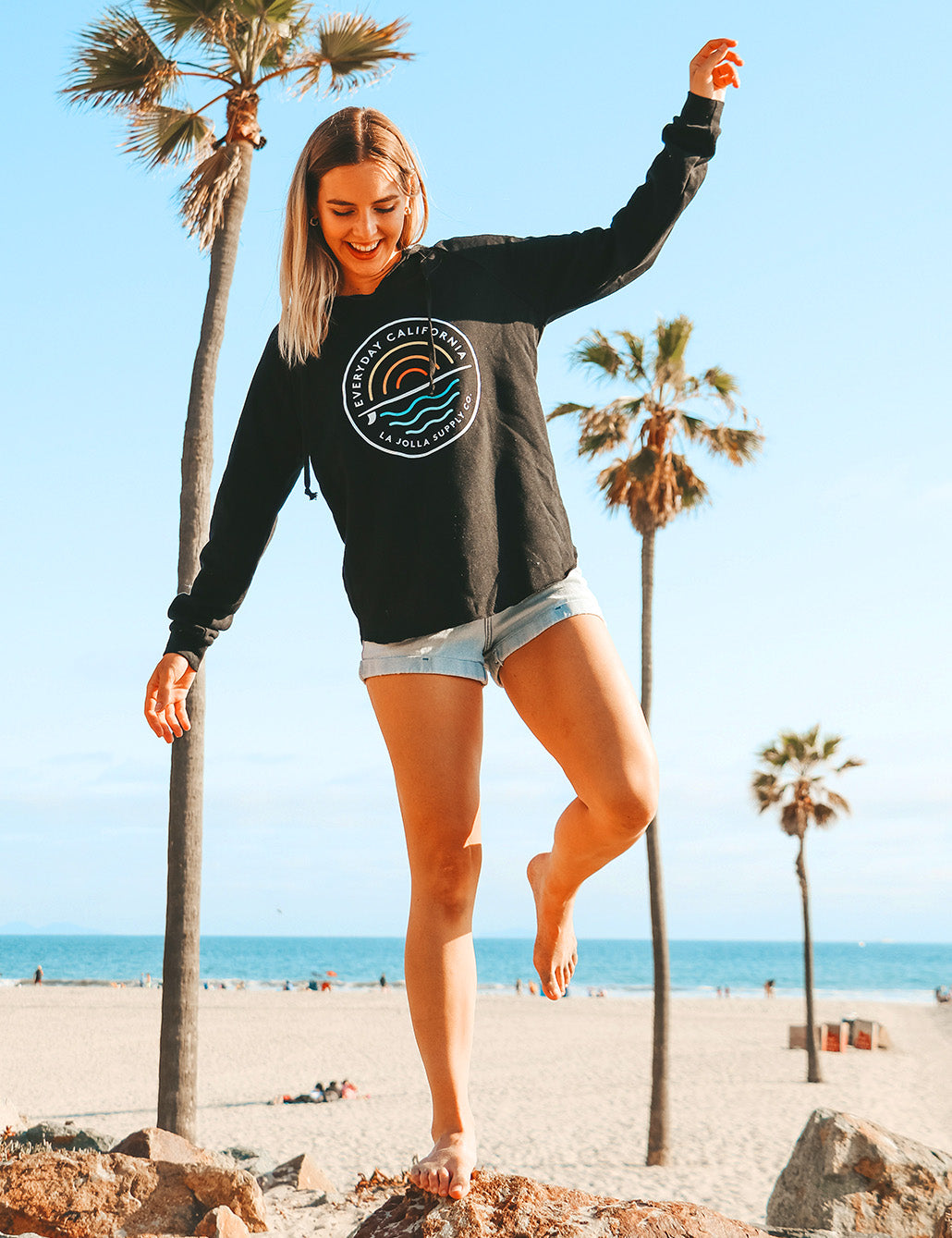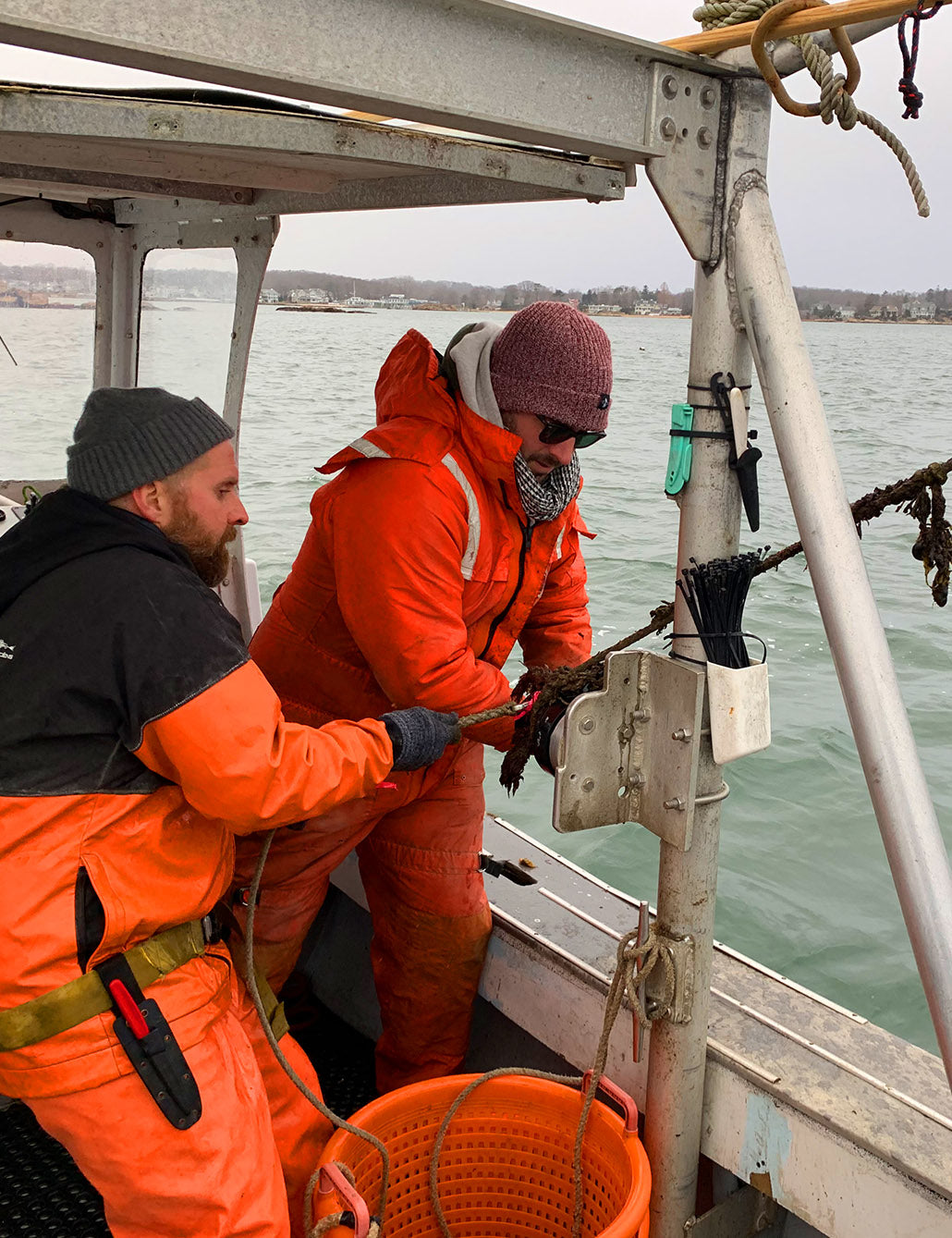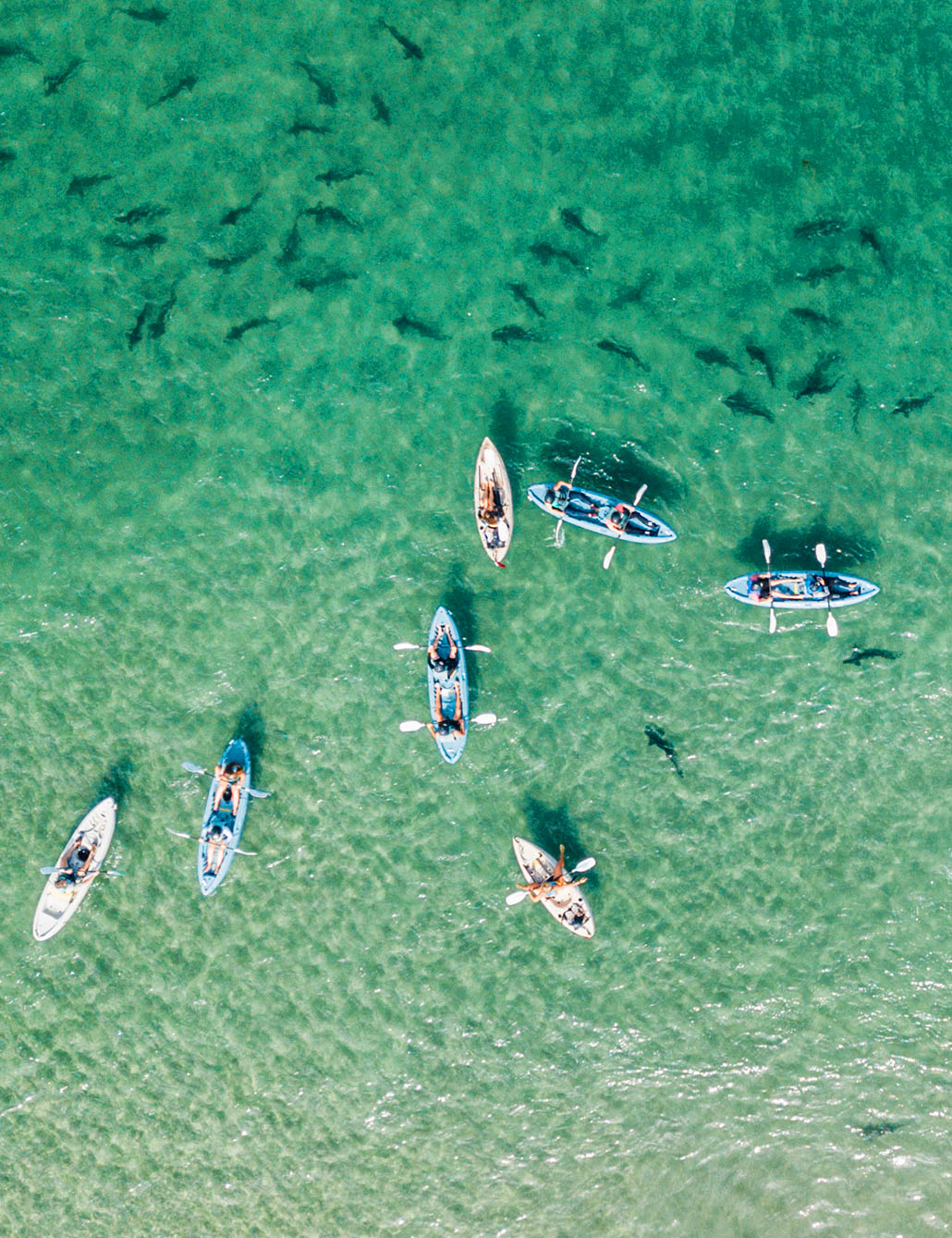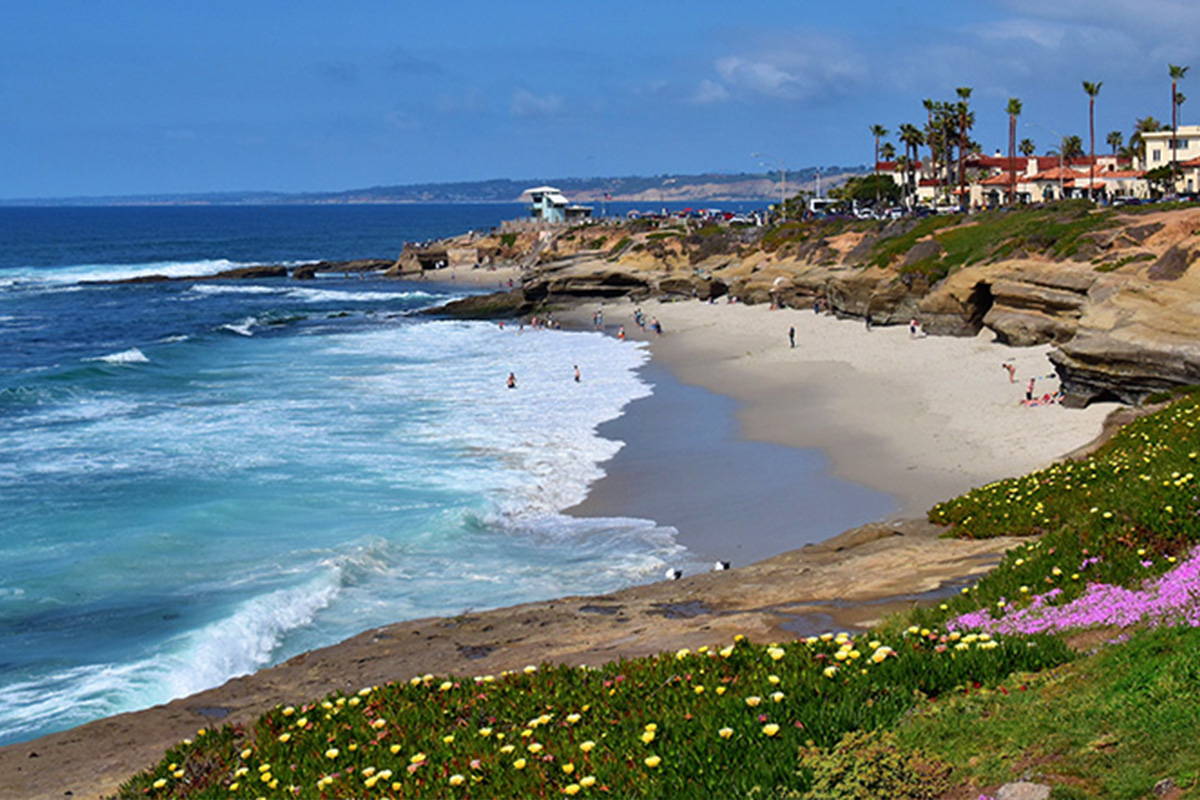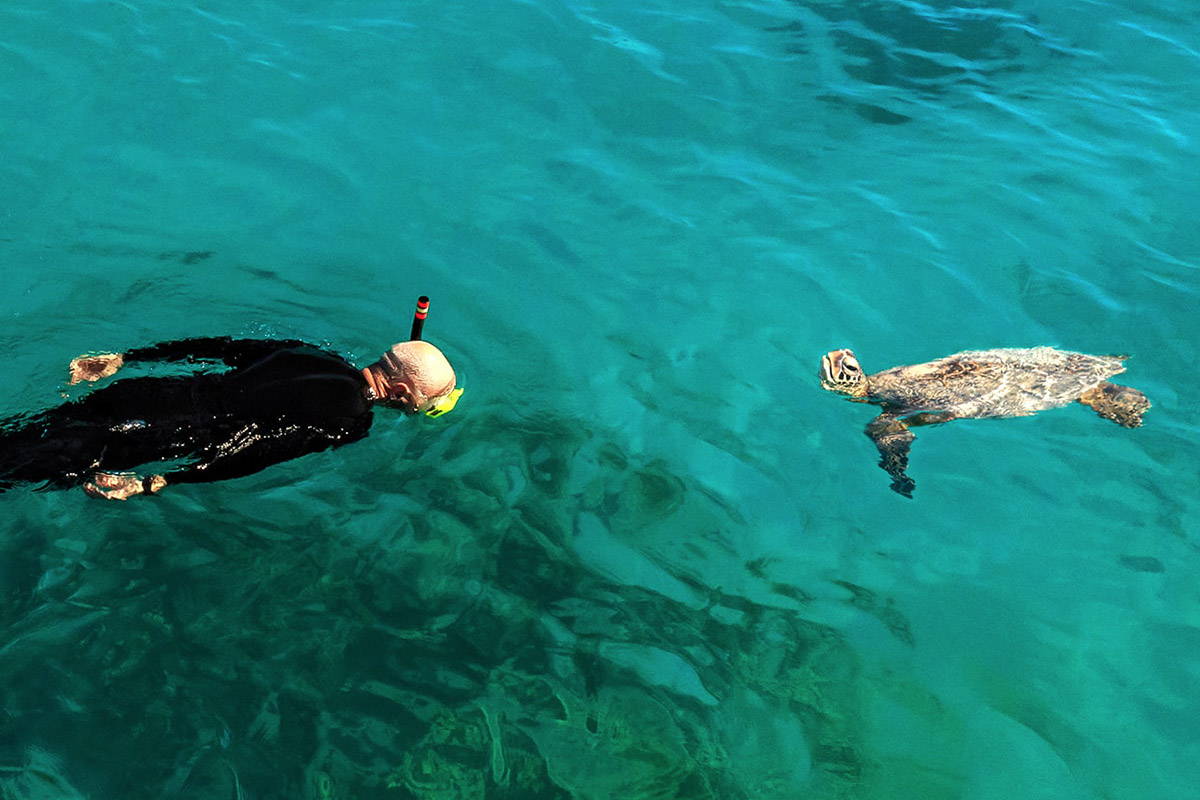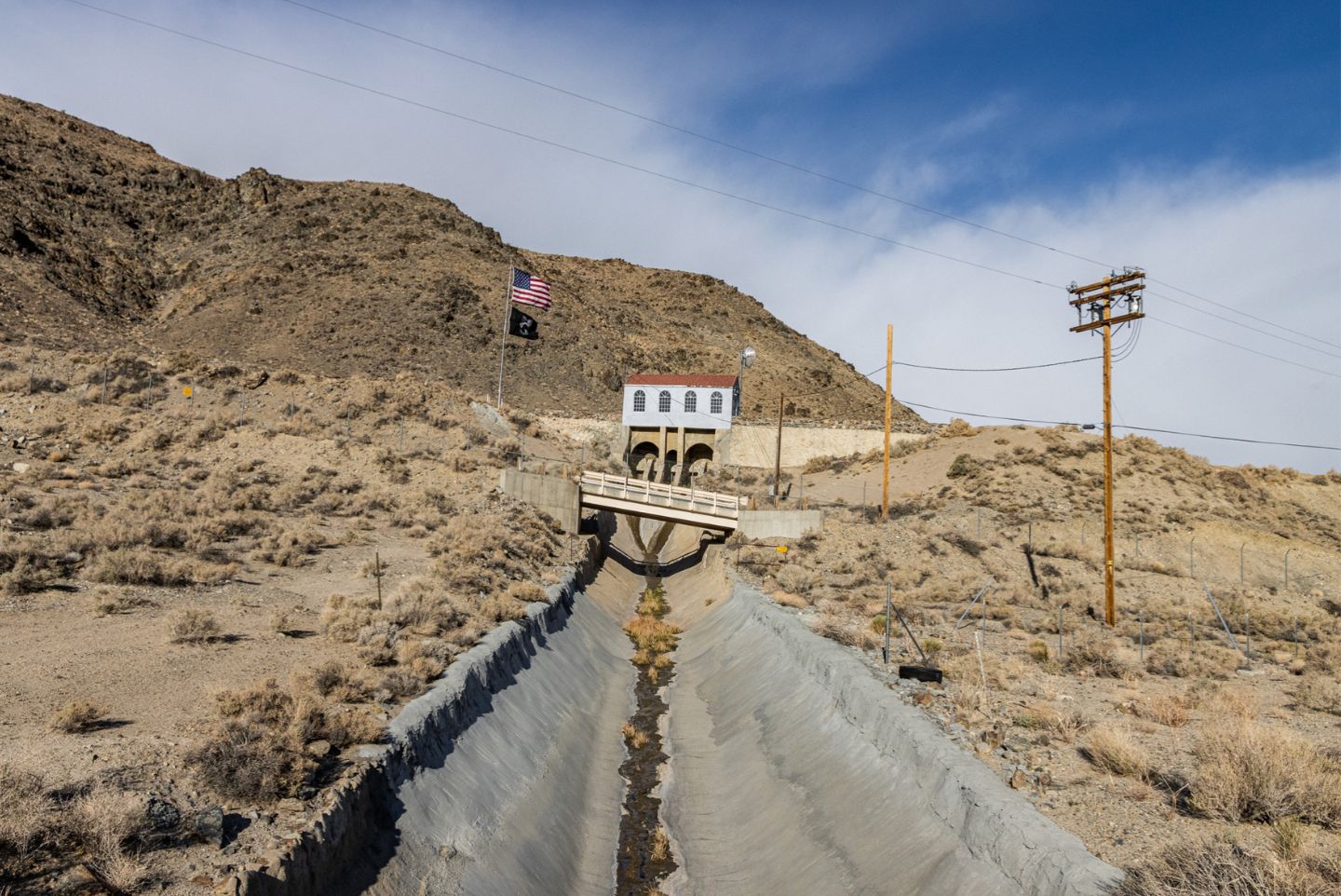The shoreline of La Jolla, San Diego, features breathtaking vistas of the Pacific, rocky cliffs, and the rare "Dr. Seuss" tree; yet, another form of beauty has been sculpted into its rugged slopes. The seven 'sister' La Jolla caves are a one-of-a-kind attraction that has captivated the curiosity of interested observers since Sunny Jim Cave was discovered in 1902.
The other six sea caves are not accessible by land, however, they each have their own particular characteristics — and some are even the subject of local tales.

La Jolla Cove Beach
The area's centerpiece is La Jolla Cove Beach. It's a favorite area for families with little children because there aren't generally large waves, and it's across the street from the famous La Valencia and a few other La Jolla Cove hotels.
The beach area is small and can become congested in the summer. Don't let it deter you from getting your toes wet and taking some shots. However, when the waves break, they are powerful, so proceed with caution.
Because the beach is short, you must also exercise caution during high tides. You'll see this little entrance or cave as you walk down the stairs to the beach, but it's not one of the famed La Jolla sea caves. Allow extra space for sea lions to lounge out on the rocks here. If you wander through this gap at low tide, use caution.
At low tide, you can go through to the opposite side of the cave, but be cautious. Waves are unpredictable. We wouldn't advise walking across unless the tide is really low, which happens occasionally. Most people come onto the beach to look around, maybe spot a reclining sea lion, and then depart. However, spreading out a towel and letting the youngsters play is fine.
In addition, many visitors never walk on the sand, preferring to gaze out at La Jolla Cove beach from the above boardwalk.

La Jolla Cove Beach Amenities
Every day from around 9 a.m. till sunset, lifeguards staff the fixed lifeguard tower. There are showers and public facilities on the bluffs. A few picnic tables may be found in the nearby Ellen Browning Scripps Park. The belvederes, our coastal green huts along the promenade, also provide shaded sitting.

La Jolla Sea Lions
The Point La Jolla rocks are nearly constantly inhabited by sea lions. While they are sometimes confused for La Jolla Cove seals, California sea lions prefer the south cliff known as Point La Jolla.
The La Jolla seals (Pacific harbor seals), the sea lions' more famous friends, may be found just down the road at Children's Pool Beach. It's amusing how the two pinnipeds typically remain apart.
The sea lions, whether you love them or despise them (the region may become a touch stinky), are incentive enough to visit La Jolla Cove. They'll be packed together, barking at each other, resting on the beach at La Jolla, and playing in the sea.
The coastal boardwalk above the cove provides access to the bluffs (which are now seasonally closed to protect newborn pups). In other places, all you have to do is jump over a short wall to get access. It is possible to go near the sea lions, although it is not encouraged. They are wild creatures that require room. Please provide it for them. Bring a zoom lens, and you'll be able to see their antics from the boardwalk.
They're adorable, and kids adore them. If you want to wander on the bluffs while sea lions are in the water or further afield, bring an additional pair of shoes and a plastic bag with you. If you or your children walk in one of the brown puddles that may include sea lion feces mixed with water, you should bag your shoes (it happens and will stink).

La Jolla's History
The name La Jolla is a point of contention among local historians. Nobody knows whether the name derives from the Spanish phrase La Joya (which means "the gem") or the Indian term Woholle (which means "hole in the mountains"), an apt moniker given the caves and rock formations along La Jolla's beach. Since 1928, the name has occurred in all land grant and mission records and in scattered papers dating back to 1870, when it was spelled "L-a-J-o-y-a."
La Jolla has risen substantially from its population of 350 in 1900. From 1900 until 1920, tourism was the economic foundation of La Jolla.
La Jolla rose to 4,000 people when World War I ended. During this time period, the beach cottage design gave way to the beautiful California Spanish style.
The 1929 stock market crisis destroyed growth in La Jolla, as it did everywhere in the country, and just a few residences were erected until after World War II. When the war began, there were 7,700 people living in La Jolla; after the war, many military personnel returned to reside in La Jolla, and big subdivisions sprung up on the steep slopes, and old horse routes were paved over. La Jolla had a population of around 17,000 people by 1960. There are now around 46,000 individuals living here.

What is La Jolla Cove Known For?
San Diego's most attractive swimming, diving, and snorkeling location. The ocean is peaceful, and the cove is eco-friendly. There is also a world-renowned dive location in the La Jolla natural park.
The waters around the cove are a part of the 6,000-acre La Jolla Underwater Park, which also contains an Ecological Reserve. This means that there is plenty of fauna, including seals, barracuda, opaleye, big sea bass, baitfish, and orange garibaldi.
Bring your own snorkeling equipment, rent snorkeling equipment for the day, or book a trip with an experienced guide from Everyday California.
To wetsuit or not to wetsuit? Some swimmers will be comfortable without a wetsuit, depending on the time of year. They may be rented if you require one, especially in the winter.
In the cove, where should you snorkel? Once you reach the Cove area (north end of the park), you'll see three primary snorkeling spots: The immediate vicinity of Cove (the rocky section just to the left) To the south of the cove (near the kelp beds) To the north, along the caverns.

Snorkeling safety: Check with a lifeguard about the water's safety if one is available. It's a good idea to inquire about the currents and visibility in the water, as it's not always ideal - particularly in this location. Learn more about what you should know before diving into the cove. In the ocean, you'll most likely witness a variety of plant and animal life, including brilliant orange Garibaldi, sea kelp, many species of fish, and even marine turtles. It is even possible to swim alongside Leopard Sharks. Don't worry, they're both safe and fun to watch.
Take your water excursions to the next level with guided tours or private lessons from local experts. Scuba diving at Jolla Cove is an excellent chance for divers of all levels of expertise. There are numerous options for activities: In the La Jolla Cove Ecological Reserve, go kelp forest diving. Green turtles, seven-gill sharks, and dolphins may be seen, as well as the landscape you'll be exploring. Terrain features include marine kelp, sandy plains, and canyon walls.
Open Water Swimming Buoys are positioned strategically to serve as distance markers. This allows swimmers to determine how far they are from the beach. There is a quarter mile buoy and another at a half mile out, but most swimmers remain within half a mile of shore. In general, the less experience you are the closer you should swim to shore. It's critical to remember that this is the open ocean. Contact the La Jolla Cove Swim Club for further advice and information.
Lifeguards are also stationed at the cove year-round. They are an excellent source of information on currents, temperature, marine life, geography, and ocean factors (such as rocks, kelp, or seagrass).

Kayaking
Kayak around the La Jolla Cove by renting kayaks, or join us for a guided tour of the Seven Caves and the La Jolla Underwater Park. On this trip in a double kayak, you'll get up close and personal with the La Jolla Caves while kayaking alongside guides in the La Jolla Ecological Reserve.
These kayaking trips are an invaluable opportunity to appreciate the beauty of the La Jolla environment. The guides add to the enjoyment by explaining the many sorts of riches found in the caverns or how to swim with leopard sharks.
On a kayaking expedition, visit the Seven Sea Caves and paddle through the La Jolla Ecological Reserve. You'll get to view the splendor of La Jolla and the seven sea caves, as well as witness sea lions sunning on the rocks and our state fish, the brilliant orange Garibaldi, swimming beneath your kayak in La Jolla Cove. You'll have the option to surf your kayak back to land on the way back.

Throughout the tour, your guides will ensure that you are safe and having a good time. There is no experience necessary, and safety is our first priority. The cave's entrance is subject to ocean and weather conditions, yet it is only a minor portion of this incredible excursion. In any case, you'll be able to appreciate and learn about the natural beauty of La Jolla Cove!
If the conditions are safe, we will assist you in guiding your kayak inside Emerald Cave. We will still paddle out and visit La Jolla's World Famous Marine Reserve if it is not safe to access Emerald Cave.

Stand Up Paddle Boards (SUP)
Enjoy the peace and quiet as you glide across the water's surface - it's also a great arm exercise! Don't worry if you've never done stand-up paddle boarding before; it's a terrific water activity for beginners and is simple to master.
Stand-up Paddle boarding is one of the finest ways to get out on the ocean and enjoy the scenery. The sport originated as a traditional Hawaiian practice that was brought to the globe in the mid-60's and has since become the world's fastest-growing board spot, partly since it's rather simple to learn!
Rent a stand-up paddleboard and explore La Jolla's stunning Underwater Park. You'll get two hours to tour our Ecological Reserve and experience one of the top paddleboarding places in San Diego.
While on the sea, you'll be able to explore the Seven Sea Caves, as well as a variety of marine life and La Jolla's renowned beauty! Our inflatable stand-up paddleboard rentals are lightweight boards that are easy to transfer from our shop to the beach and back.

Bicycling
Head to the top of La Jolla for a world-class view of Mt. Soledad, then down through Pacific Beach and back through La Jolla to the cove. On your own, explore the bike trails that wind through and around La Jolla Cove; one of our favorites is the Fay Avenue Bike Path, which begins at Fay Avenue and Nautilus Streets and finishes at La Jolla Hermosa Ave.
Golf Carts and Segways are also excellent modes of transportation for individuals seeking something a little different.
You can't find a better location for snorkeling, scuba diving, or just hanging out at the beach. The water is calm, clear, and warm all year round.


